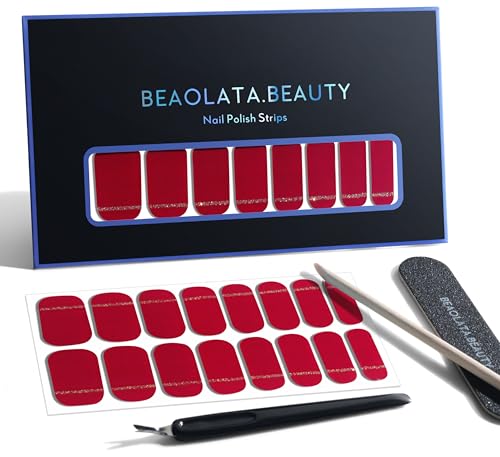Keep in mind I am only doing one gallon juice wines for now so questions pertain to those.
1. I am following a recipe that has me covering the primary carboy with a paper towel secured with a rubber band for the first three days and then installing the air lock. Why? I mean, why not start with an air lock installed.
2. If I am racking to secondary and create additional head space can I top off then with more juice? I have been topping off with wine after second racking and still will. But, would adding juice adjusted to original SG at first rack cause problems.
3. Do straight up juice wines benefit as much from aging as wines made from fruit or with added botanicals?
1. I am following a recipe that has me covering the primary carboy with a paper towel secured with a rubber band for the first three days and then installing the air lock. Why? I mean, why not start with an air lock installed.
2. If I am racking to secondary and create additional head space can I top off then with more juice? I have been topping off with wine after second racking and still will. But, would adding juice adjusted to original SG at first rack cause problems.
3. Do straight up juice wines benefit as much from aging as wines made from fruit or with added botanicals?











































